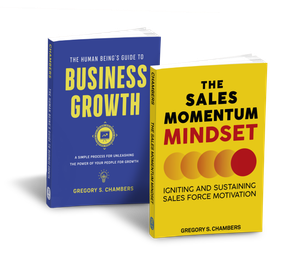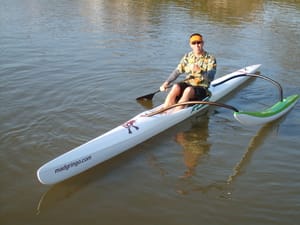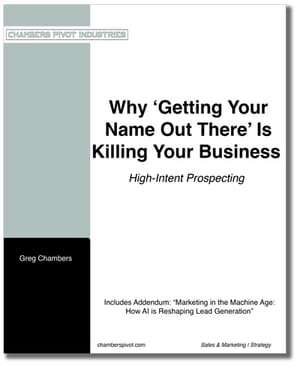5%
5%
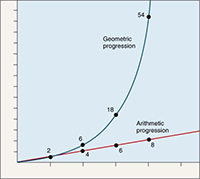
Human beings have a hard time with the idea that small progressions can lead to incredibly big results. This idea has been picked up by my brain in three different instances this past week.
I'm re-reading Malcolm Gladwell's The Tipping Point and he asks how tall a piece of paper will be if you fold it in half, fifty times. Most people guess the end result will be the height of a phone book. Or maybe, as tall as a refrigerator. But the real answer is that the paper would be tall enough to reach to the moon. And folding it once more, would reach all the way back to the earth.
I belong to a community of consultants that are led by Alan Weiss, PhD. He encourages us to adhere to the One Percent Solution. Get one percent better every day for seventy days, and you're twice as good. Community members are constantly announcing, "that's my one percent for the day!"
Weight Watchers is in the news because Oprah lost weight and still gets to eat bread. Just not as much of it as she used to. The small changes have added up, a few pounds at a time.
My point in this? Small changes, applied consistently, can lead your team to big results. It's a big component of FIT and it's hidden in this graphic on getting your people out of their comfort zone, 5% at a time.
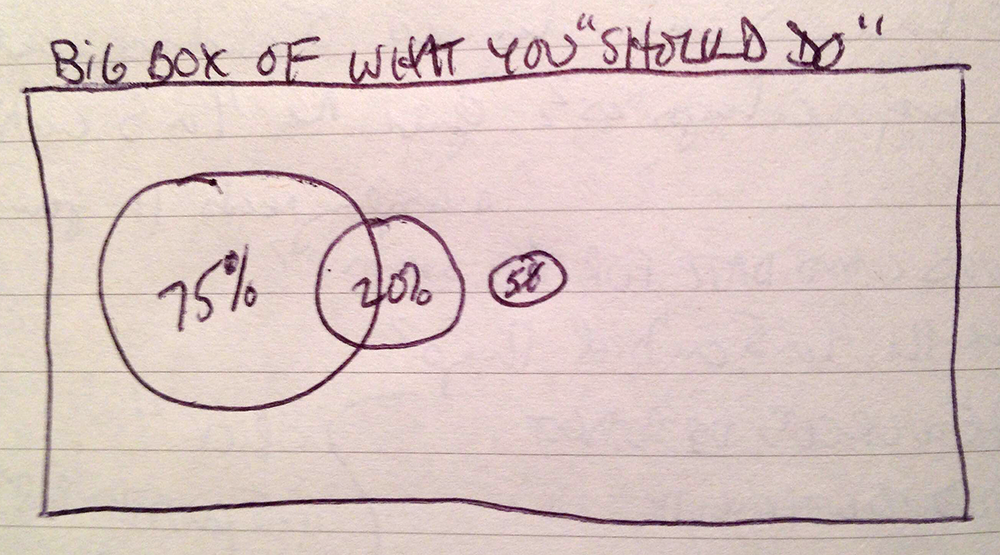
The big box represents everything your people should do.
The big circle is what they are comfortable doing. In a week, help them spend 75% of their time (30 out of 40 hours) doing the things they are comfortable with. Why? Because they'll do them, it's relatively easy, and it will charge their batteries.
The smaller circle represents their "stretch" activities. Help your team spend 20% of the week (8 out of 40 hours) refining those newer skills. Stretch activities are things they've tried before, but haven't had much success with. This will drain the battery a bit, but since they will have some success, it's a net zero loss.
The tiny circle represents the activities that are far from their comfort zone. The type of activities that if attempted, have a small chance of working. A big battery drain because it takes courage and results in failure. Encourage your people to work on these activities 5% of the week. (2 hours out of 40) The key is to encourage this week after week after week, which you can do because you're not draining their batteries to zero.
Here's the hard part for most managers: The box is labeled, "The Big Box of What You Should Do." It probably looks a lot like a job description or a best practices list. However, it rarely includes a survey of which activities the responsible employees can live with. The ones they are likely to do.
To get the big results, you need to help your people with the small changes.
Good stuff.


